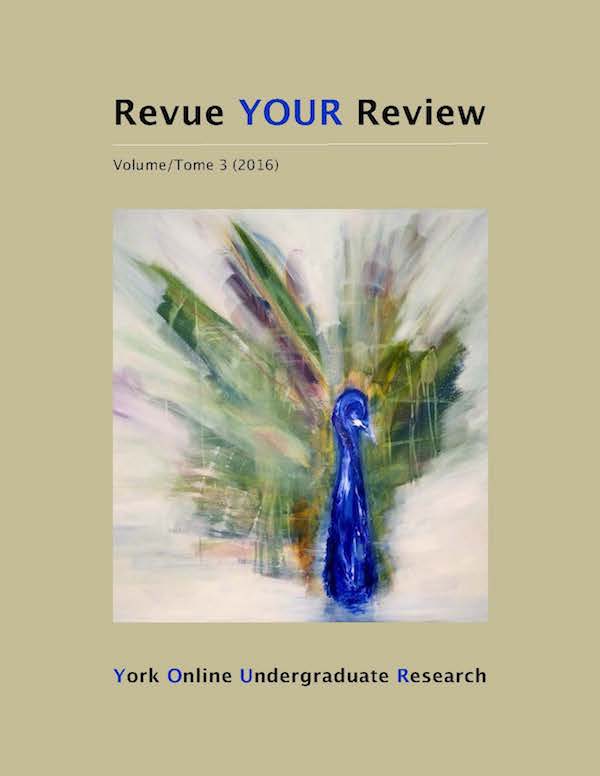“Steak, Blé d’Inde, Patates”: Eating National Identity in Late Twentieth-Century Québec
Keywords:
pâté chinois, food, Québec, national identity, La Petite Vie (TV series), French languageAbstract
This paper explores the connections between pâté chinois and Québec national identity during the second half of the twentieth century. The respective French, British, and Native roots of the ingredients are highlighted and discussed, with a particular emphasis on socioeconomic and cultural terms that also extends to the analysis of the historical preparation of the layered meal, more akin to “daily survival” than to gastronomy. Special attention is also given to the significance of the dish’s origin myths, as well as to cultural references on a popular television series. Those origin myths are separated along the French/English divide, thus evoking the often-tempestuous relationship between these two languages and their speakers in Québec. The progression of the discourse surrounding pâté chinois, from a leftover dish prior to the rise of nationalism in the ’70s, to a media darling in the decade following the 1995 referendum, corresponds with efforts to define and then to redefine Québécois identity. The history of the dish tells the tumultuous history of the people of Québec, their quest for a unique identity, and the ambiguous relationship they have with language. Pâté chinois became a symbol, reminding French Canadians of Québec daily of their Québécois identity.How to Cite
Issue
Section
License
Authors contributing to Revue YOUR Review agree to release their articles under one of three Creative Commons licenses: Creative Commons Attribution 4.0 International; Creative Commons Attribution-NonCommercial 4.0 International; or Creative Commons Attribution-NoDerivatives 4.0 International. All editorial content, posters, and abstracts on this site are licensed under Creative Commons Attribution-NoDerivatives 4.0 International. For further information about each license, see:
https://creativecommons.org/licenses/
In all cases, authors retain copyright of their work and grant the e-journal right of first publication. Authors are able to enter into other contractual arrangements for the non-exclusive distribution of the e-journal's published version of the article (e.g., post it to an institutional repository or publish it in a book or in another journal), with an acknowledgement of its initial publication in this e-journal.


